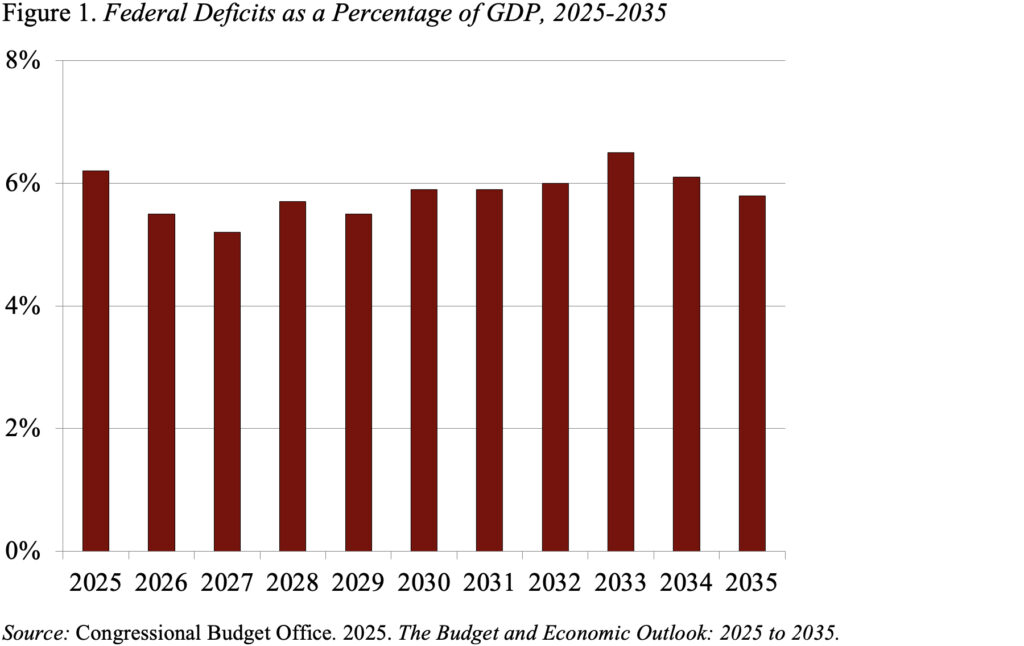Here's The Single Best Strategy For Investing In Cds

Image source: Getty Images
Certificates of deposit (CDs) are a great way to earn steady interest with little risk. But if you want to get the best returns without keeping your entire investment locked up for years, CD laddering is the smartest strategy.
Looking for a secure place to grow your savings? See our expert picks for the best FDIC-insured high-yield savings accounts available today - enjoy peace of mind with competitive rates.
What is CD laddering?
CD laddering is a strategy where you spread your money across multiple CDs with staggered maturity dates. Instead of locking all your money into one long-term CD, you spread it across several CDs that mature at different times.
Here's how it works:
- You invest in multiple CDs with different terms -- for example, 1-year, 2-year, 3-year, 4-year, and 5-year CDs.
- When the shortest CD matures, you reinvest it into a new 5-year CD to keep the ladder going.
- Repeat each time a CD matures.
This strategy lets you lock in high long-term interest rates while still having access to part of your money each year.
Example: a basic 5-year CD ladder
Let's say you have $10,000 to invest. Instead of putting it all in a single CD, you create a CD ladder like this:
| CD term | Initial Deposit | APY (Example) | Balance After Maturity |
|---|---|---|---|
| 1 year | $2,000 | 3.70% | $2,074 |
| 2 years | $2,000 | 3.80% | $2,155 |
| 3 years | $2,000 | 3.90% | $2,243 |
| 4 years | $2,000 | 4.00% | $2,340 |
| 5 years | $2,000 | 4.10% | $2,445 |
After a year, your 1-year CD matures with a balance of $2,074. Instead of cashing out, you reinvest it into a new 5-year CD at the best available rate. You keep repeating this process, ensuring you always have one CD maturing each year.
Note that at the moment, many 1-year CDs actually pay higher APYs than longer-term CDs. But this is historically unusual and probably won't last for long.
The pros and cons of CD investing
Like most types of deposit accounts, CDs have both positives and negatives that you'll need to consider.
Pros
- Your APY is guaranteed for the duration of the CD term, whereas savings account APYs are variable and can change at any time.
- With the right strategy, you can earn a little more interest than you would with a high-yield savings account.
- CDs are FDIC insured, so your deposits are safe. There's also no risk of negative returns, as opposed to the stock market.
Want to earn over nine times the average national APY on your savings? Check out our list of the best high-yield savings accounts and start earning more cash today.
Cons
- Your money is locked in until the CD matures. If you withdraw cash early, you'll likely pay an interest penalty. There are CDs that come with no early withdrawal penalty, but they pay lower APYs.
- Even the highest-yielding CDs may not earn more than the rate of inflation. That means it's possible for your deposits to lose spending power over time.
- High-yield savings accounts currently pay similar APYs to CDs, and they don't require nearly as much time or effort to manage.
- The stock market has historically earned much higher returns (an average of 10% per year since 1957, as measured by the S&P 500 Index).
Is CD laddering right for you?
CD laddering is a smart strategy for people who want safe, predictable returns without locking up all their money for years. It's more work than simply stashing your money in a high-yield savings account, and (in the near term at least), you won't earn a lot more interest for your efforts.
Further, higher-growth assets like stocks can earn much greater returns, allowing you to grow your wealth substantially for long-term goals like retirement.
CDs are best for people who have a large amount of money -- say, $10,000 or more -- that they won't need anytime soon and that they want to earn steady, guaranteed returns. The more you invest, the more you'll be rewarded for the extra effort and limitations of a CD laddering strategy.
Alert: highest cash back card we've seen now has 0% intro APR into 2026
This credit card is not just good – it's so exceptional that our experts use it personally. It features a 0% intro APR for 15 months, a cash back rate of up to 5%, and all somehow for no annual fee!
Click here to read our full review for free and apply in just 2 minutes.
We're firm believers in the Golden Rule, which is why editorial opinions are ours alone and have not been previously reviewed, approved, or endorsed by included advertisers. Motley Fool Money does not cover all offers on the market. Editorial content from Motley Fool Money is separate from The Motley Fool editorial content and is created by a different analyst team.The Motley Fool has a disclosure policy.


